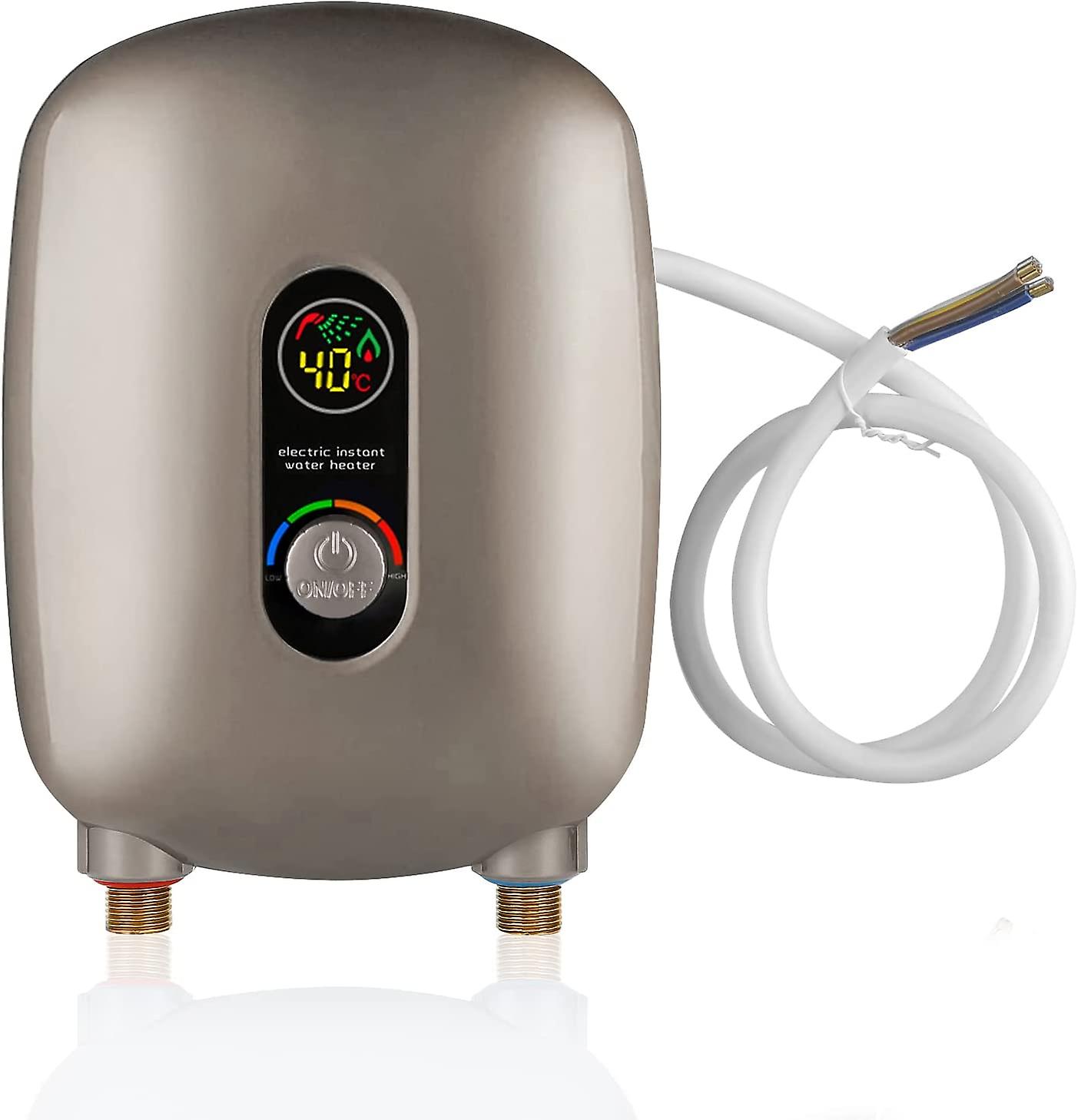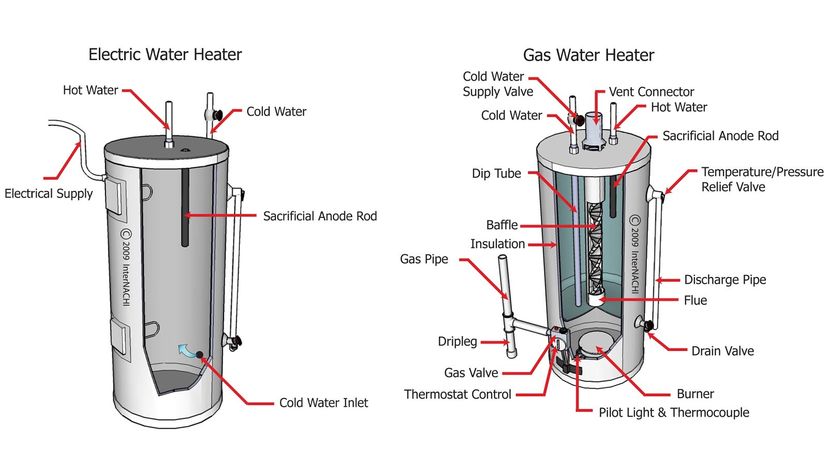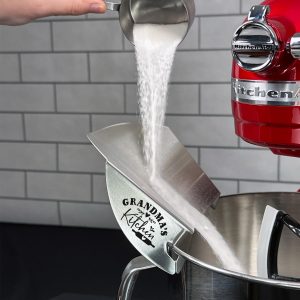Contents
- Understanding the Functionality of a Water Heater as an Appliance
- Introduction to Water Heaters
- Components of a Water Heater
- How Water Heaters Work
- Types of Fuel Sources
- Tank vs Tankless Water Heaters
- Energy Efficiency and Water Heaters
- Maintenance and Safety Tips
- Common Water Heater Problems
- Upgrading Your Water Heater
Have you ever wondered how a water heater actually works? Have you ever questioned whether it can be classified as an appliance? Well, “Understanding the Functionality of a Water Heater as an Appliance” is here to shed some light on these mysteries for you. In this article, we will explore the inner workings of a water heater, uncovering the fascinating processes that allow it to provide us with hot water whenever we need it. Along the way, we will also discuss whether a water heater can be considered an appliance or not. So, get ready to dive into the world of water heaters and discover the magic behind this essential household device!
Understanding the Functionality of a Water Heater as an Appliance
Introduction to Water Heaters
Definition of a water heater
A water heater is a household appliance designed to heat and store water for various purposes, such as bathing, cooking, and cleaning. It consists of several components working together to ensure a constant supply of hot water whenever needed.
Different types of water heaters
There are several types of water heaters available on the market, each utilizing different fuel sources and functioning in distinct ways. The most common types include tank water heaters, tankless water heaters, electric water heaters, gas water heaters, and solar water heaters. Understanding the differences between these types will help you choose the most suitable one for your home.
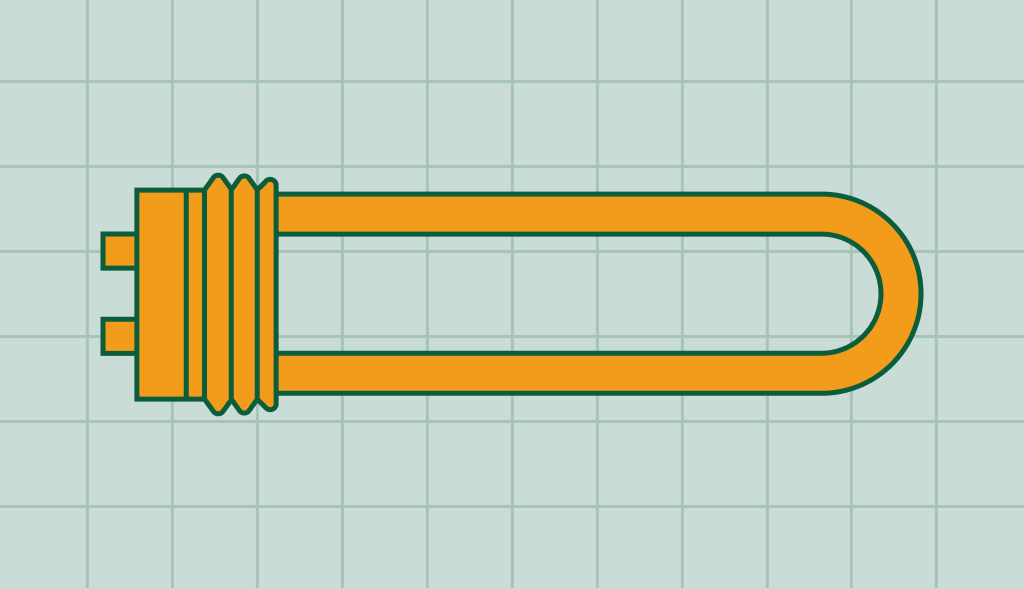
Components of a Water Heater
Tank
The tank is a vital component of a traditional water heater. It is a large insulated reservoir where water is stored and heated before being distributed throughout the household. Tanks come in various sizes, and the capacity determines the amount of hot water that can be stored at a given time.
Heating element
In an electric water heater, the heating element is responsible for raising the temperature of the water stored in the tank. It consists of a coil made of resistant material, which produces heat when electricity passes through it. The heating element is controlled by a thermostat to maintain the desired water temperature.
Thermostat
The thermostat acts as the control center of the water heater. It senses the temperature of the water in the tank and instructs the heating element to turn on or off accordingly. By setting the thermostat to the desired temperature, you can ensure comfortable and energy-efficient hot water usage.
How Water Heaters Work
Cold water inlet
The cold water inlet allows the entry of cold water into the water heater’s tank. As the tank gets filled, the cold water pushes the existing hot water towards the top of the tank, where it leaves through the hot water outlet.
Heating process
Once cold water enters the tank, the heating process begins. In electric water heaters, the heating element energizes and starts warming the water. In gas water heaters, a burner ignites and heats the water using a gas supply. Solar water heaters use the sun’s energy to heat the water through a solar collector.
Hot water outlet
As the water is heated, it rises to the top of the tank, where it exits through the hot water outlet. This hot water is then transported through the plumbing system to the desired faucets, showers, or appliances in your home. The temperature at the outlets can be adjusted using the thermostat to meet specific needs.
Pressure relief valve
To ensure safety and prevent the buildup of excessive pressure, water heaters have a pressure relief valve. This valve automatically releases excess pressure from the tank. If the pressure inside the tank exceeds a certain limit, the valve opens, allowing hot water to escape, which ultimately reduces the pressure to a safe level.
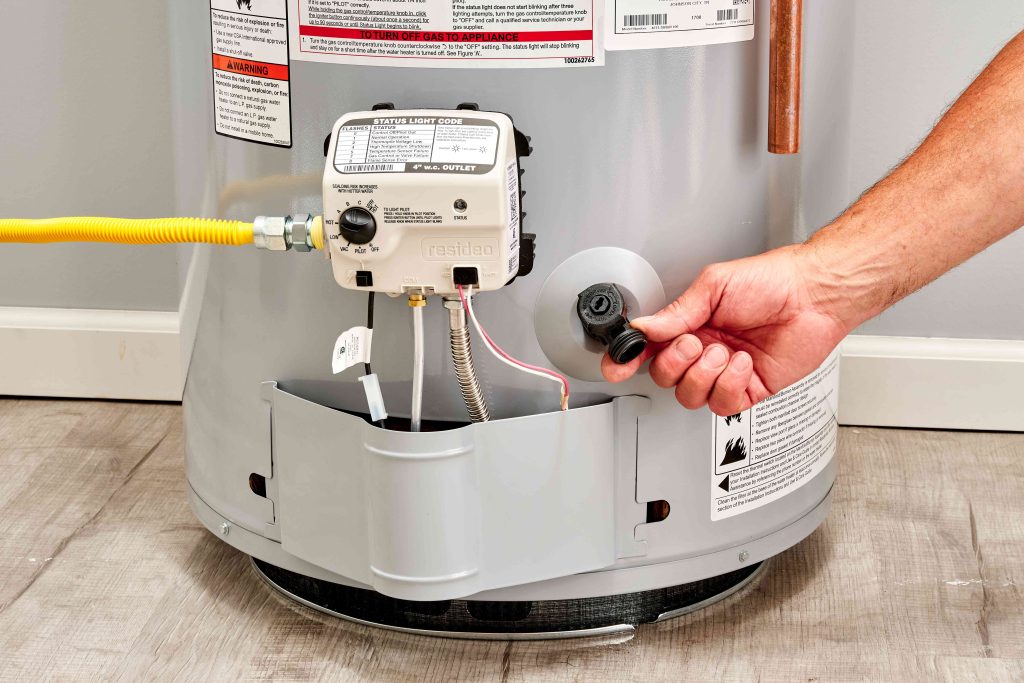
Types of Fuel Sources
Electric water heaters
Electric water heaters are the most common type, especially in areas where gas or solar energy sources are not readily available. They operate by using electric heating elements submerged in the water tank to heat the water. Electric water heaters are relatively easy to install and have a wide range of sizes to meet different hot water demands.
Gas water heaters
Gas water heaters are popular among homeowners who have access to a natural gas supply. They use a gas burner located at the bottom of the tank to heat the water. The burner flames heat the water indirectly through a heat exchanger. Gas water heaters require proper ventilation to exhaust the flue gases produced during the combustion process.
Solar water heaters
Solar water heaters are an environmentally friendly option that harnesses the sun’s energy to heat water. They consist of solar collectors, which capture the sun’s heat and transfer it to the water stored in the tank. Solar water heaters are highly efficient in sunny climates, helping to reduce energy consumption and utility bills.
Tank vs Tankless Water Heaters
Comparison between tank and tankless water heaters
Tank water heaters store and continuously heat a large volume of water, providing a steady supply of hot water whenever needed. On the other hand, tankless water heaters do not store water but rather heat it on-demand as it flows through the unit. This fundamental difference results in variations in performance, energy efficiency, and installation requirements.
Advantages and disadvantages of each type
Tank water heaters have the advantage of being able to supply a large amount of hot water simultaneously, making them suitable for households with high water demand. However, they tend to consume more energy since they continuously maintain the temperature of the stored water.
In contrast, tankless water heaters are more energy-efficient as they only heat water when necessary, eliminating standby heat loss. They also take up less space and have a longer lifespan. However, they may struggle to meet high hot water demands if multiple outlets are used simultaneously, leading to a potential reduction in water pressure.
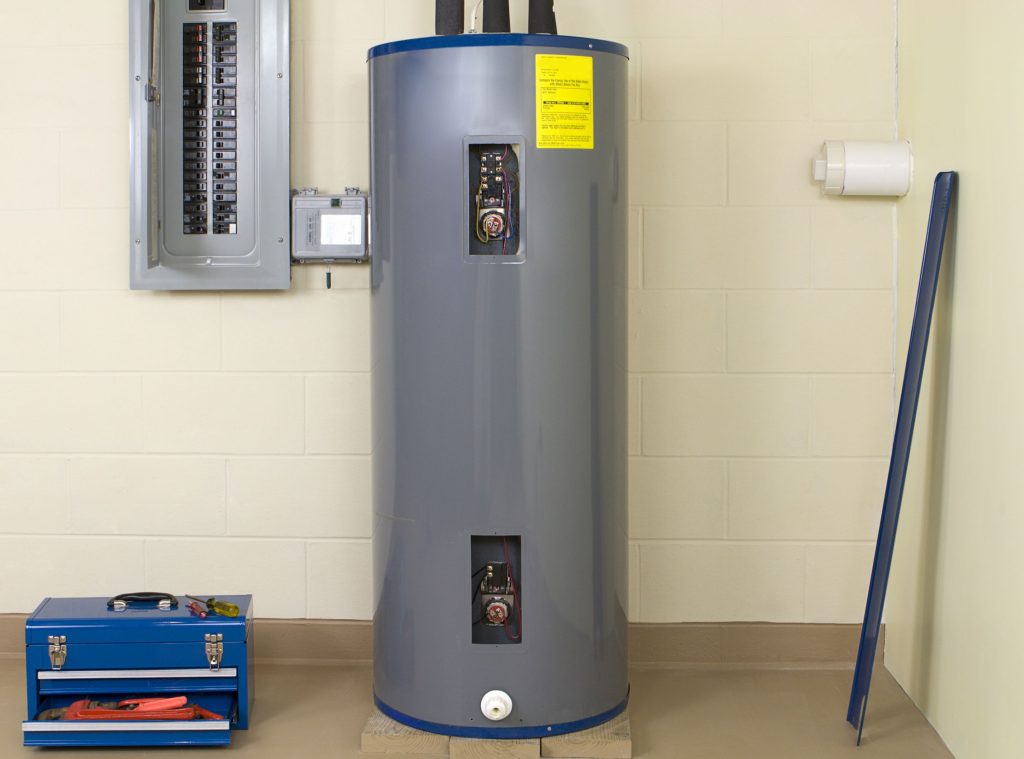
Energy Efficiency and Water Heaters
Energy efficiency ratings
Energy efficiency ratings help consumers compare the energy performance of different water heaters. The most common rating is the Energy Factor (EF) for conventional water heaters, which indicates how efficiently the unit converts energy to heat. Higher EF ratings indicate greater energy efficiency.
Factors that affect energy efficiency
Multiple factors influence the energy efficiency of a water heater. Proper insulation of the tank reduces standby heat loss, while a well-functioning thermostat ensures accurate temperature control. The fuel source and type of water heater also play a role. For example, gas water heaters tend to be more efficient than electric ones, while tankless models are generally more energy-efficient than tank models.
Maintenance and Safety Tips
Regular maintenance
Regular maintenance is crucial to ensure the optimal performance and longevity of your water heater. This includes flushing the tank to remove sediment buildup, inspecting and replacing anode rods if necessary, and checking for leaks or signs of corrosion. It is recommended to follow the manufacturer’s guidelines or consult a professional for maintenance procedures.
Checking for leaks
Leaks in a water heater can lead to water damage and increased utility bills. Regularly inspect your water heater for any signs of leaks, such as pooling water or dampness around the unit or on the floor. If you notice any leaks, it is essential to address them promptly by tightening connections or contacting a plumber if needed.
Proper ventilation
Gas water heaters require proper ventilation to safely exhaust the flue gases produced during combustion. Ensure that the ventilation system is clear of obstructions and functioning correctly. If you suspect any ventilation issues, such as backdrafting or inadequate airflow, contact a professional for inspection and repairs.
Water heater safety precautions
To ensure the safety of your household, certain precautions should be followed. Maintain a safe distance between the water heater and flammable materials, such as gasoline or paint thinners. Set the thermostat to a safe and comfortable temperature to prevent scalding accidents, especially if there are children or elderly individuals in the household. Additionally, familiarize yourself with the location of the water heater’s shut-off valve in case of emergencies.
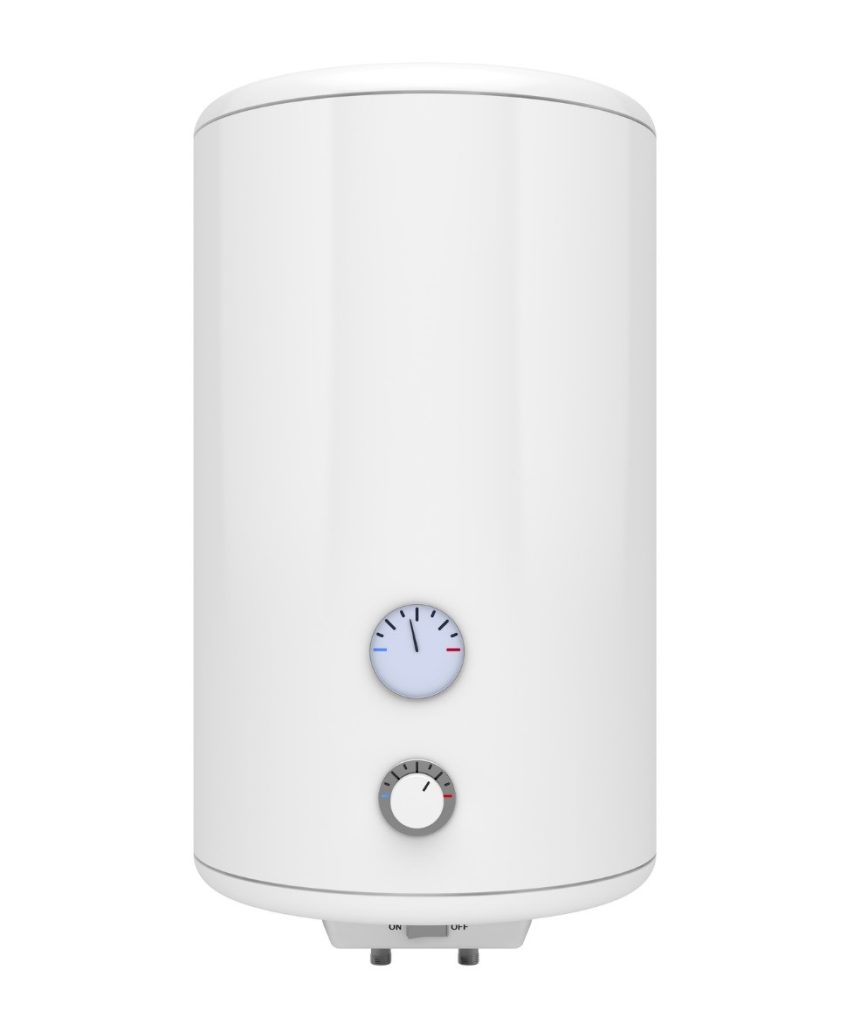
Common Water Heater Problems
No hot water
Several issues can cause a lack of hot water, including a faulty heating element, a malfunctioning thermostat, or a tripped circuit breaker in the case of electric water heaters. It is advisable to check these components and consult a professional if necessary to accurately diagnose and rectify the problem.
Leaking tank
A leaking tank usually indicates a significant problem that requires immediate attention. The leak could be originating from a corroded tank, faulty valves, or loose connections. It is crucial to shut off the water supply and contact a professional plumber to assess the situation and determine the appropriate solution, which may involve repairing or replacing the water heater.
Sediment buildup
Over time, minerals and sediment can accumulate at the bottom of the water heater’s tank. This buildup can lead to reduced efficiency and even damage to the heating element or tank. Regular flushing of the tank helps minimize sediment buildup and should be performed as part of routine maintenance.
Faulty thermostat
A malfunctioning thermostat can cause temperature inconsistencies or improper heating in the water heater. If you notice that the water is not reaching the desired temperature or is too hot, you might need to replace the thermostat. It is recommended to consult a professional to ensure proper installation and avoid any potential safety hazards.
Upgrading Your Water Heater
Signs it’s time to upgrade
Knowing when to upgrade your water heater is essential to avoid sudden breakdowns or inefficiencies. Signs that indicate it’s time to consider an upgrade include frequent repairs, reduced hot water capacity, increasing energy bills, and an aging water heater nearing the end of its expected lifespan.
Choosing a new water heater
When selecting a new water heater, consider factors such as the size and hot water demand of your household, energy efficiency ratings, available fuel sources, and budget. Research different models and consult with professionals to determine the best option that meets your specific needs.
Installation considerations
Proper installation of a water heater is crucial for its safe and efficient operation. It is recommended to hire a licensed plumber or professional installer to ensure compliance with local codes and regulations. Proper placement, venting, and connecting to the plumbing system are essential considerations during the installation process.
In conclusion, understanding the functionality of a water heater as an appliance is essential for homeowners who rely on hot water for everyday tasks. By familiarizing yourself with the components, types, fuel sources, energy efficiency, maintenance, and safety tips, you can make informed decisions when it comes to choosing, using, and maintaining a water heater that suits your needs and contributes to a comfortable home environment.

